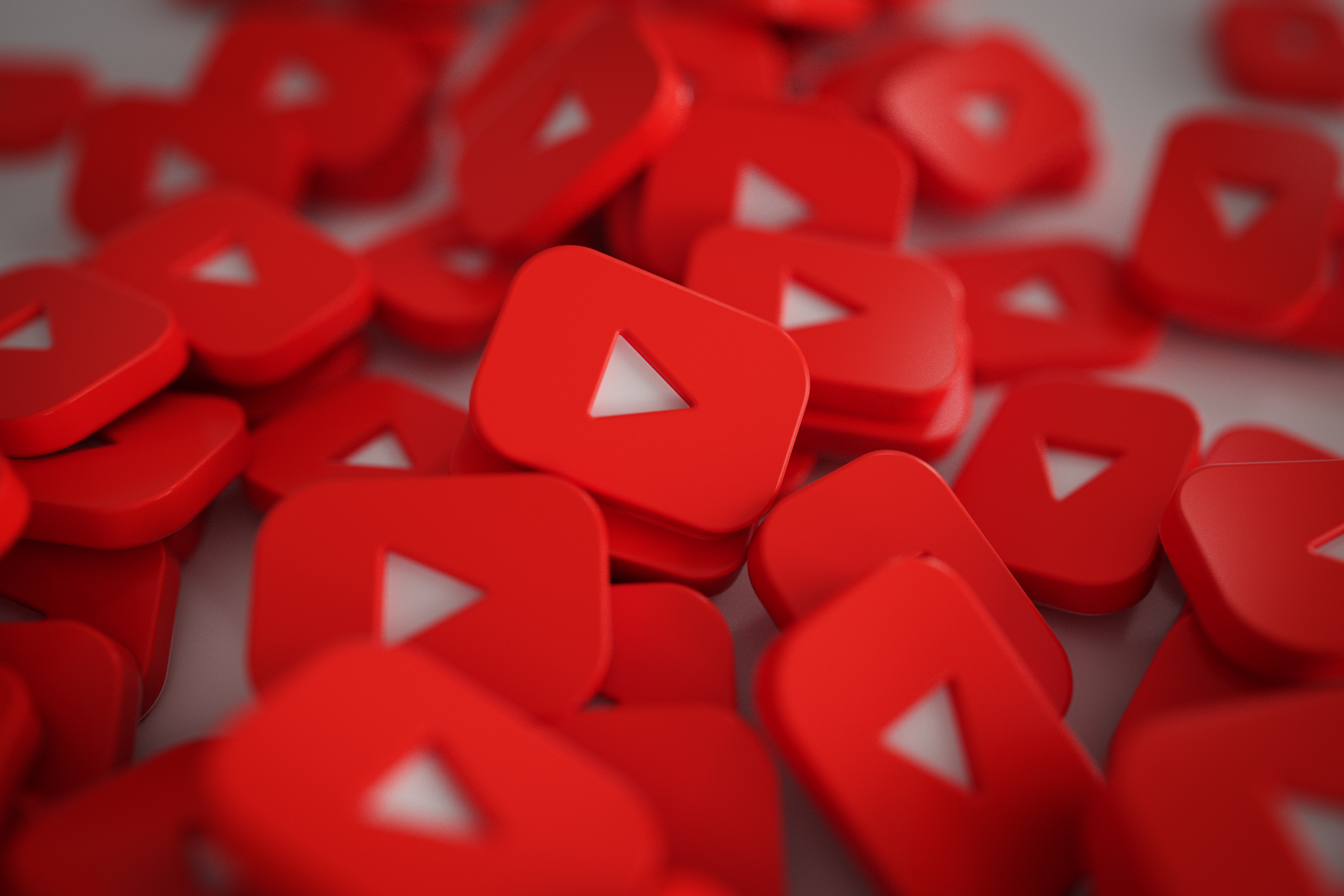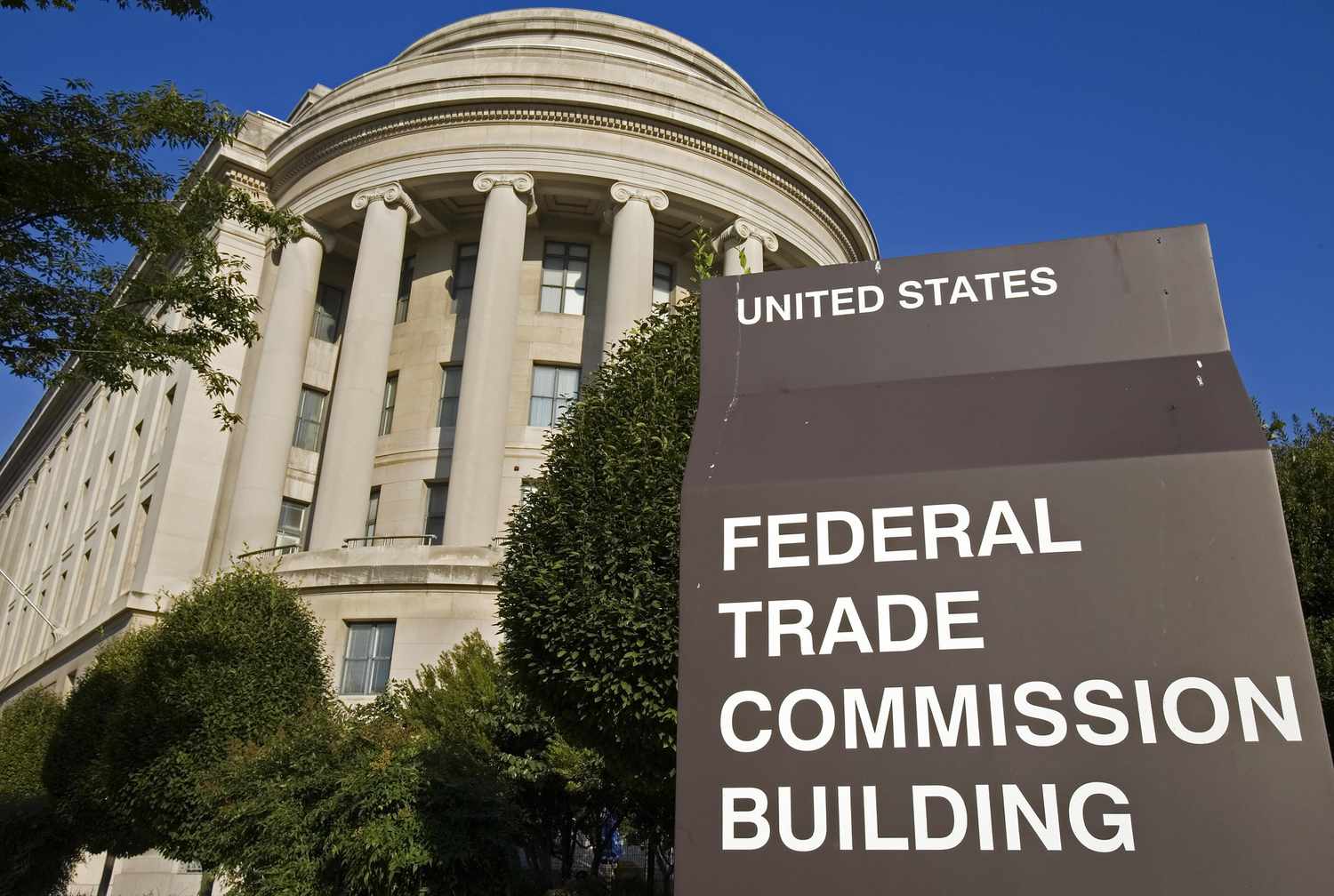YouTube has unveiled a new suite of AI tools designed to enhance the creation of Shorts, with its headline innovation being Veo 3 Fast, a streamlined version of Google DeepMind’s video model.
A system that can generate 480p clips with sound almost instantly, marking the first time audio has been added to Veo-generated Shorts. It is already being rolled out in the US, the UK, Canada, Australia and New Zealand, with other regions to follow instead of a limited release.
The platform also introduced several advanced editing features, such as motion transfer from video to still images, text-based styling, object insertion and Speech to Song Remixing, which converts spoken dialogue into music through DeepMind’s Lyria 2 model.
Testing will begin in the US before global expansion.
Another innovation, Edit with AI, automatically assembles raw footage into a rough cut complete with transitions, music and interactive voiceovers. YouTube confirmed the tool is in trials and will launch in select markets within weeks instead of years.
All AI-generated Shorts will display labels and watermarks to maintain transparency, as YouTube pushes to expand creator adoption and boost Shorts’ growth as a rival to TikTok and Instagram Reels.
Would you like to learn more about AI, tech and digital diplomacy? If so, ask our Diplo chatbot!







